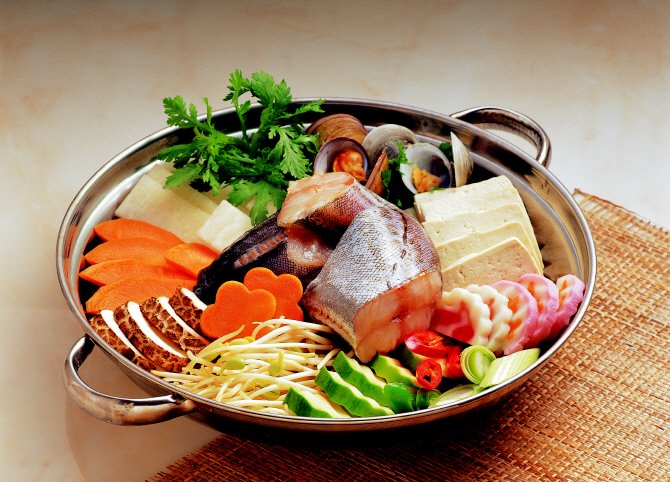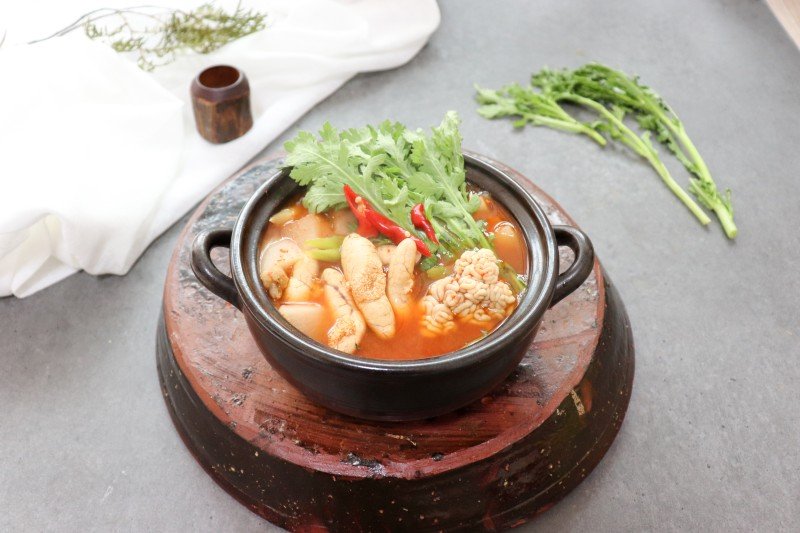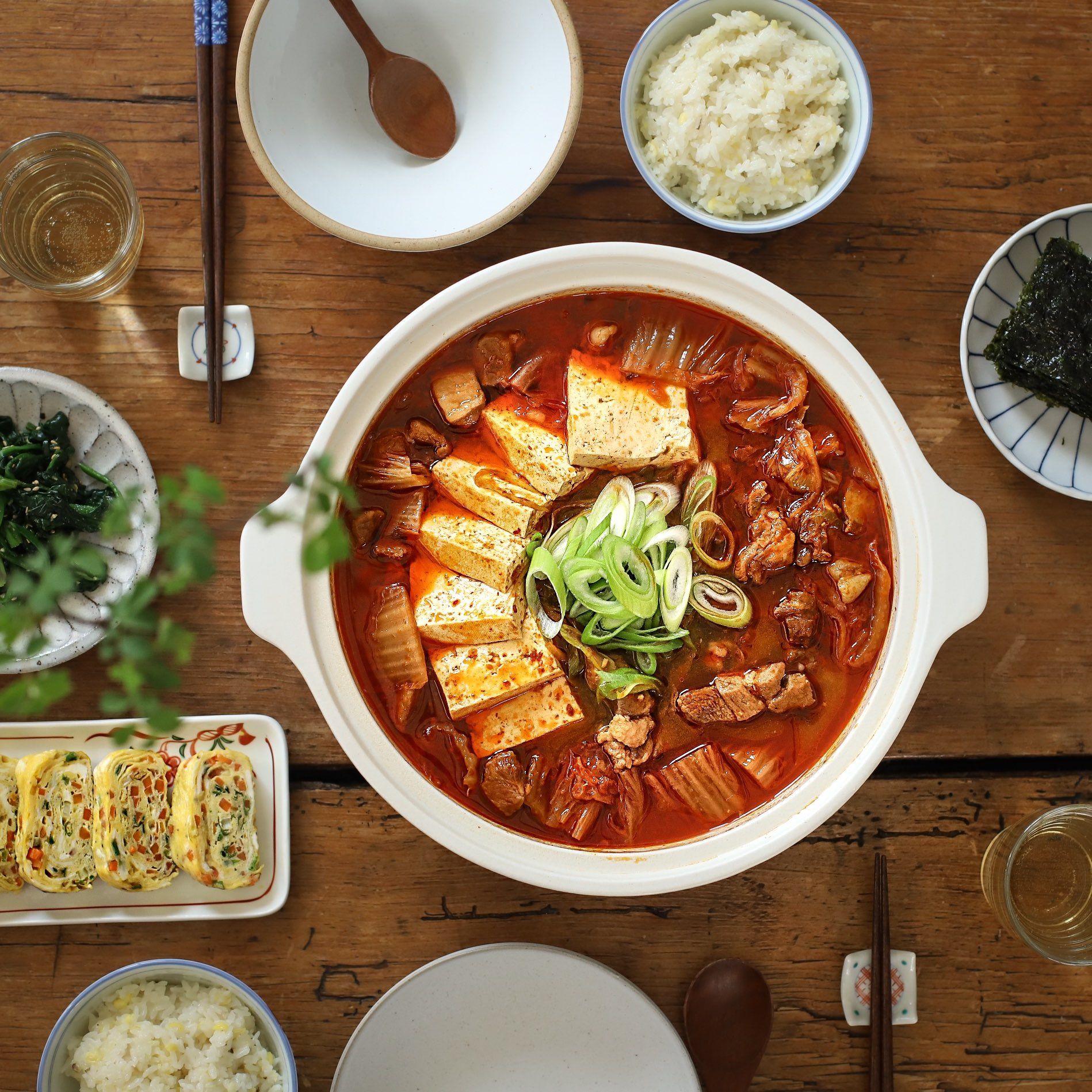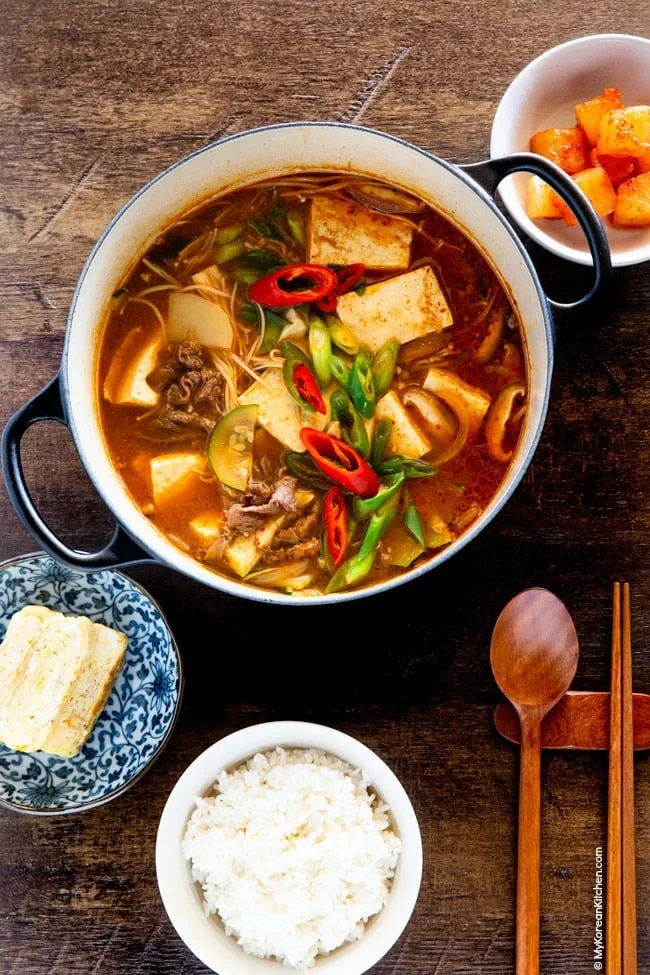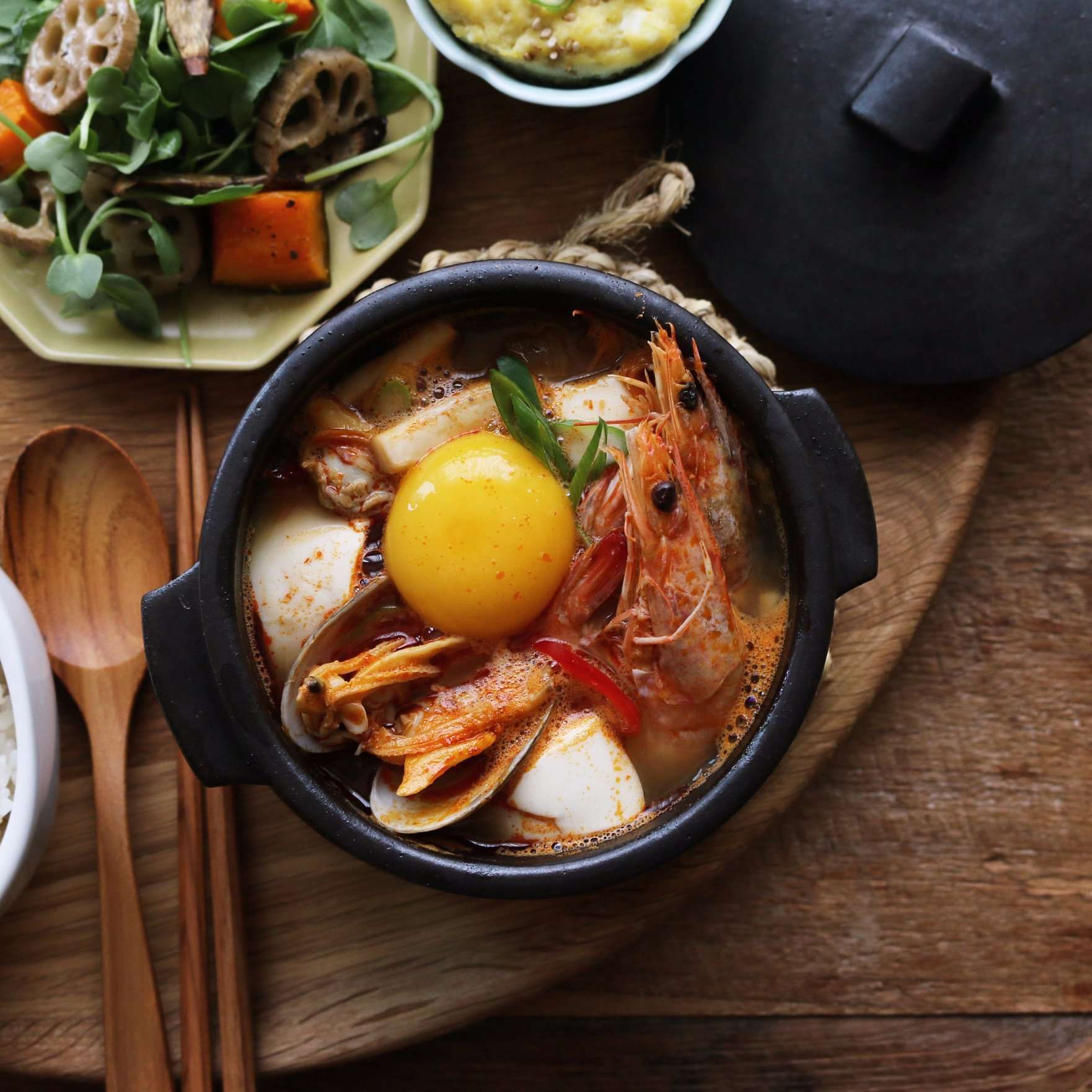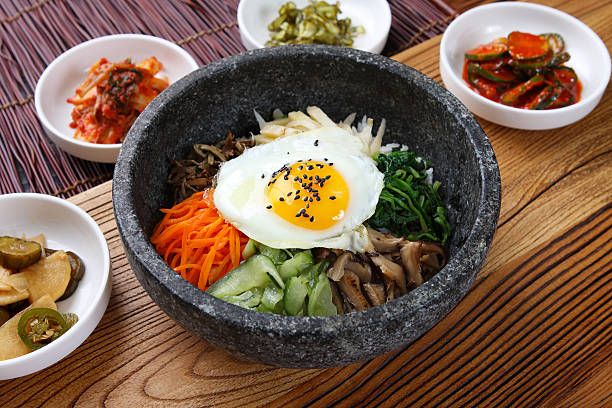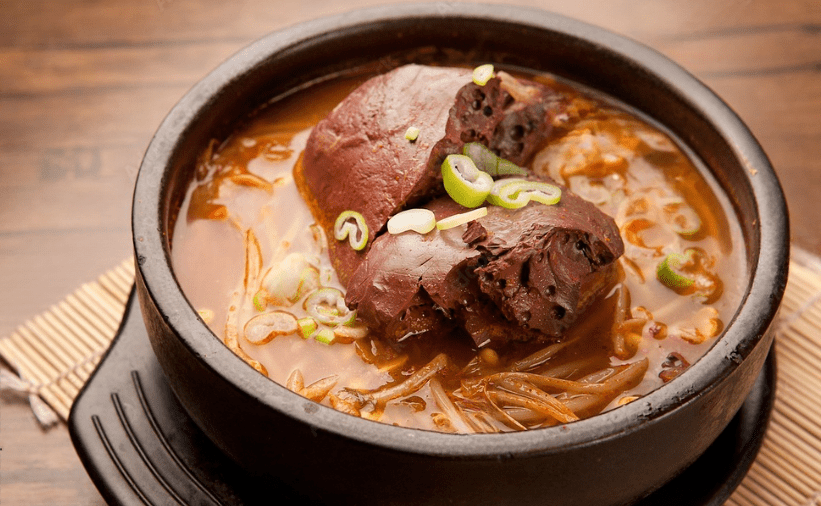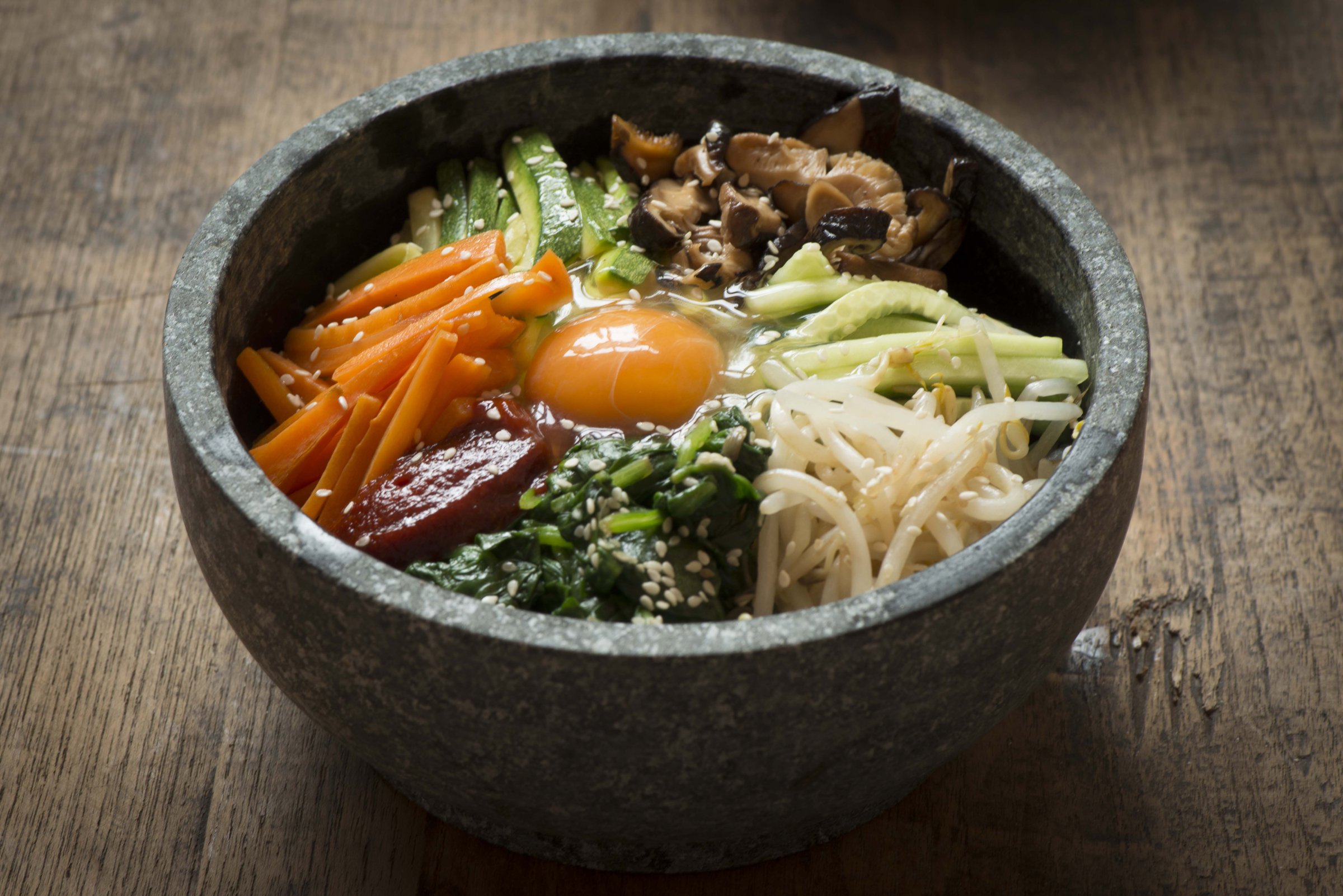생태찌게 Saengtae Jjigae
생태 찌게
생태 찌게 (seongtae jjigae) is a traditional Korean seafood stew known for its rich and flavorful broth. This dish highlights the beauty of Korean coastal cuisine and embodies the principles of ecological sustainability. In this comprehensive overview, we will delve into the key aspects of 생태 찌게, including its origin, ingredients, cooking process, and cultural significance.
1. Origin: 생태 찌게 has its roots in the coastal regions of Korea, where seafood is abundant and a vital part of the local diet. It is believed to have originated in the southern port city of Busan, renowned for its fresh seafood markets and thriving fishing industry. Over time, the dish has gained popularity throughout the country and has become a staple on Korean dining tables.
2. Ingredients: The key ingredient in 생태 찌게 is 생태 (seongtae), also known as pollack or Korean pollock. It is a white-fleshed fish that is highly valued for its mild flavor and firm texture. Other common ingredients include various seafood like shrimp, clams, crab, and mussels, as well as vegetables such as Korean radish, scallions, mushrooms, and tofu. The seasoning typically includes garlic, red chili pepper flakes, soy sauce, and sesame oil, which add depth and complexity to the broth.
3. Cooking Process: To prepare 생태 찌게, the first step is to create a flavorful broth. The broth is made by simmering dried anchovies and kelp in water for a period, which helps enhance the umami taste. Once the broth is ready, the ingredients are added sequentially, taking into consideration the different cooking times required for each component. The seafood and vegetables are then simmered gently until cooked through, allowing the flavors to meld together. The stew is traditionally served hot in a communal pot, and diners can help themselves to its delicious contents.
4. Cultural Significance: 생태 찌게 holds a special place in Korean culinary culture. As a dish that utilizes a variety of fresh local seafood, it reflects the deep connection between Koreans and their coastal environment. The stew is often enjoyed during communal meals, bringing family and friends together to share a warm and comforting meal. It is especially popular during the winter months when its heartwarming properties are appreciated.
Furthermore, 생태 찌게 aligns with the modern push towards sustainable eating. By utilizing local and seasonal ingredients, the dish promotes ecological balance and supports local fishermen. The emphasis on fresh seafood also highlights the importance of consuming nutritious and wholesome food.
In conclusion, 생태 찌게 is a delicious and culturally significant seafood stew in Korean cuisine. With its rich broth, diverse array of ingredients, and sustainable approach, it represents both the flavors of the coastal regions and the values of communal dining. Whether enjoyed during a family gathering or experienced at a Korean restaurant, this dish offers a delightful culinary journey into the world of Korean seafood cuisine.
